Allen Baron’s Blast of Silence (1961): Criterion Blu-ray review
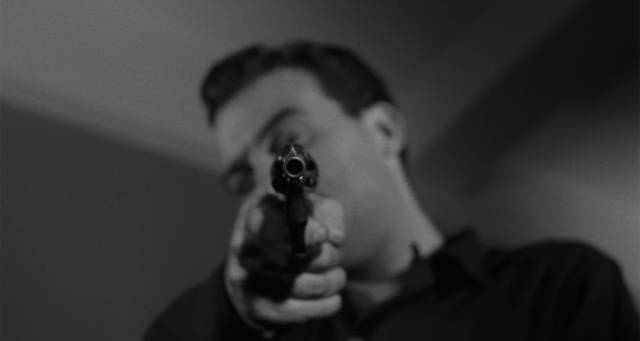
In the early days of cinema in the United States, production was centred on the East Coast, but, dependent on weather and reliable sunshine, it didn’t take long before filmmakers moved West to Southern California. New York remained the key centre for theatre, which became important in the post-war years as television emerged as a powerful new factor in the entertainment landscape. Live dramatic broadcasts became a proving ground for a new generation of directors who would become influential in the following decades as changing social, political and creative forces shook the established studios in Hollywood. But filmmaking per se in New York remained a somewhat fringe practice, drawing more on documentary traditions than the studio practices of either movie or television production.
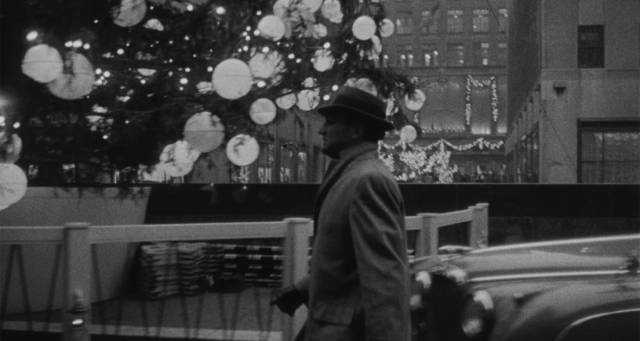
Filmmakers like Morris Engel (The Little Fugitive, 1953), John Cassavetes (Shadows, 1959) and Shirley Clarke (The Connection, 1961) approached the medium with a raw, improvisatory attitude, using dramatic technique to explore social and psychological reality in ways very different from the mainstream’s polished distractions. Bridging the gap between mainstream and New York indie, first-time writer-director-actor Allen Baron made a remarkable debut in 1961 with a bleak, noir-inflected feature called Blast of Silence. Baron’s only previous experience was working with future exploitation director Barry Mahon as an assistant director on Violent Women and the Errol Flynn oddity Cuban Rebel Girls (both 1959), a background which doesn’t even hint at the striking qualities of Blast of Silence.
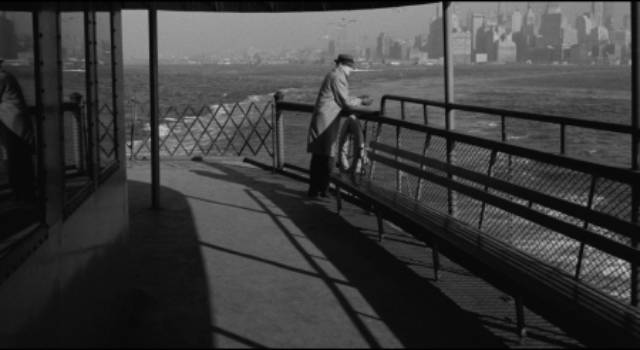
The bleak fatalism of the film, which centres on a hit man from Cincinnati who arrives in New York to fulfill a contract, has obvious roots in classic noir – a form which had pretty much run its course in Hollywood, but reveals its continuing potential here in New York, where first-time cinematographer Merrill Brody creates striking imagery on the city streets and in seedy rooms, evoking an underclass thriving on the fringes of society. The most obvious genre influence is the air of exhaustion which hangs over Frank Bono (played by Baron himself after Peter Falk dropped out to take a role in Burt Balaban’s Murder, Inc., 1960); a professional, he’s tired of this rootless, violent life. He doesn’t know the man he’s come to kill, nor why someone wants him dead. It’s just mob business.
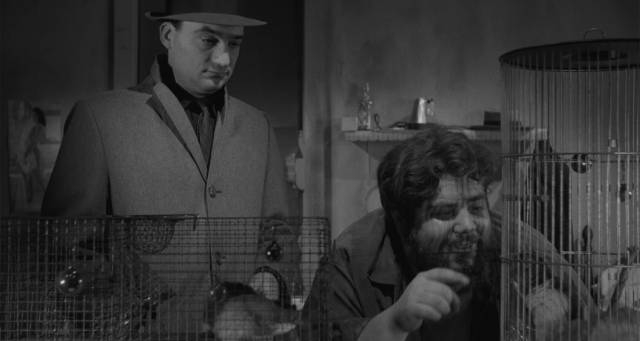
Bono sets about preparing for the job in the days before Christmas, the city around him gripped by cold but festively decorated. He stares into brightly-lit shopfronts offering seasonal merchandise, passes brightly-lit trees – remaining detached and anonymous as he follows his target, getting a sense of the man’s routine, searching for points of vulnerability. Troiano (Peter Clune) is some kind of mid-level mob manager, always accompanied by a couple of bodyguards, but he’s having an affair and regularly spends several hours away from his protectors in the woman’s apartment. Bono settles on that apartment for the site of the hit.
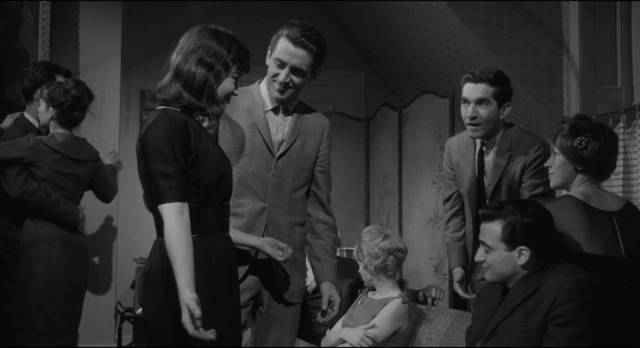
But before doing the job, he has to take care of details like purchasing a gun and silencer. His source for these tools is Big Ralph (Larry Tucker), a man he dislikes and distrusts. By accident, Ralph discovers who Bono’s target is and raises his price – Bono kills Ralph, an act which seems necessary to protect the job, but which provokes those who have hired Bono. That complication will eventually lead to a very downbeat conclusion, but by then Bono has pretty much given up anyway.
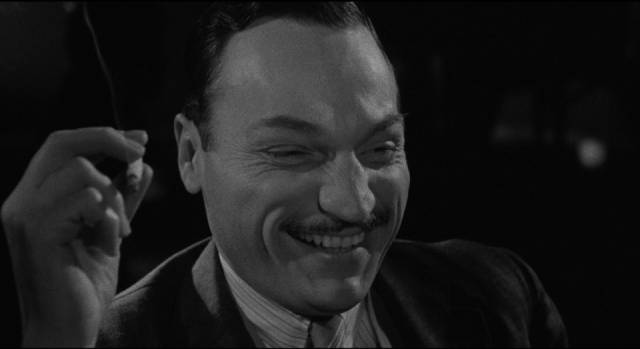
His doubts about what he’s doing, what he’s become, are amplified when he runs into an old acquaintance at a bar. Petey (Danny Meehan) grew up with Bono in an orphanage and is thrilled to reconnect. Though Bono tries to get away, the pair are soon joined by another orphanage alumna, Lorrie (Molly McCarthy), and Bono finds himself drawn towards her as a sign of the different path he might once have taken. But he has no real skill in reading the signals in normal social interactions – he tries to force himself on Lorrie and she rejects him in shock; later, when he returns to apologize, hoping that maybe they could have a life together, he discovers that she has a boyfriend and leaves her in disgust. Bitter, he carries out his assignment, killing Troiano, and discovering too late that since killing Big Ralph his bosses have decided he’s a liability; instead of paying his fee, they send a couple of killers to dispose of him.
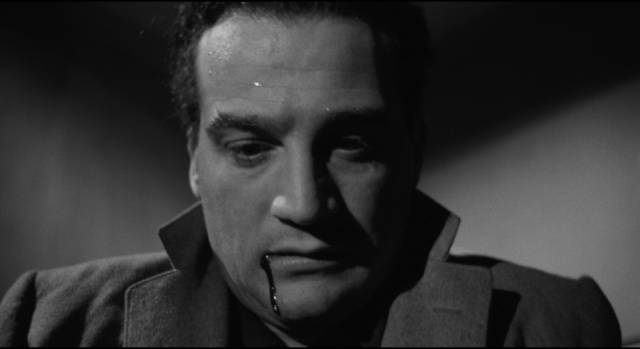
While Blast of Silence bears similarities to movies like Irving Lerner’s Murder By Contract (1958) or Samuel Fuller’s Underworld U.S.A. (1961) which use the elements of gangster movies to evoke an air of existential malaise arising from contemporary fears about the emptiness of corporate consumer capitalism in the post-war years, other influences are also apparent. The interrogation of genre undertaken by the French New Wave, of course, but also Jean-Pierre Melville’s repurposing of the American gangster movie as a vehicle for exploring the philosophical implications of existentialism in contemporary life.
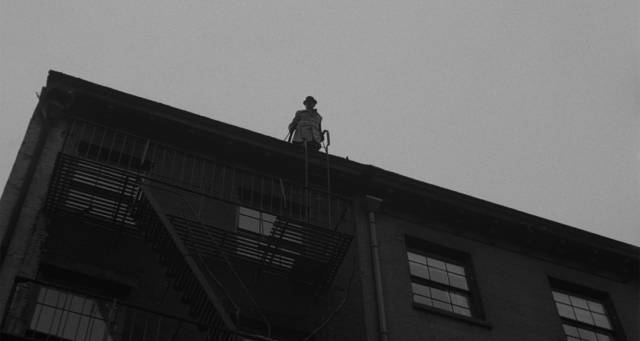
Perhaps the most radical element in Baron’s film is the overlay of a running commentary on Bono’s actions and state of mind, a device usually disdained by mainstream Hollywood. Written under a pseudonym by blacklistee Waldo Salt, and spoken by fellow blacklistee Lionel Stander (uncredited), this voiceover is delivered in the second person, seemingly addressed to Bono but in effect drawing the viewer in as an active participant in the hit man’s murderous mission. (The only comparable use of voice over that comes to mind is the added narration spoken by Ed McMahon in Daughter of Horror, the revised version of John Parker’s Dementia [1953].) It’s through this voiceover that we observe how Bono gradually works his way around to feeling animosity towards Troiano in order to justify to himself murdering a man he knows nothing about.
*
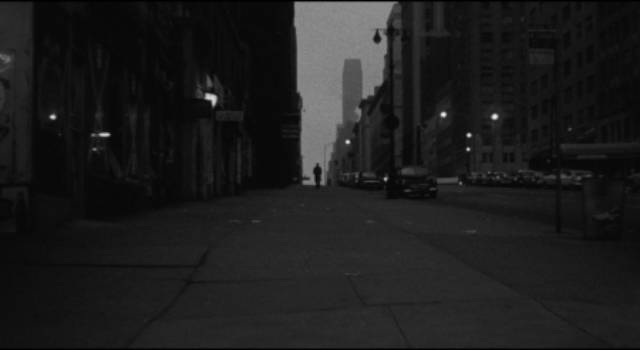
The disk
Criterion’s new 4K restoration is a big improvement over their 2008 DVD edition. Not only is the image much improved, the film is presented in two aspect ratios – open-matte 1.33:1, and 1.85:1, the latter cropping a lot of excess head- and foot-room. The tighter widescreen framing helps to give focus to Brody’s images. The mono soundtrack nicely balances dialogue, narration and Meyer Kupferman’s jazzy score. Image and sound emphasize the film’s meta-noir qualities, giving it a technical polish which belies its limited budget and the relative inexperience of the filmmakers.
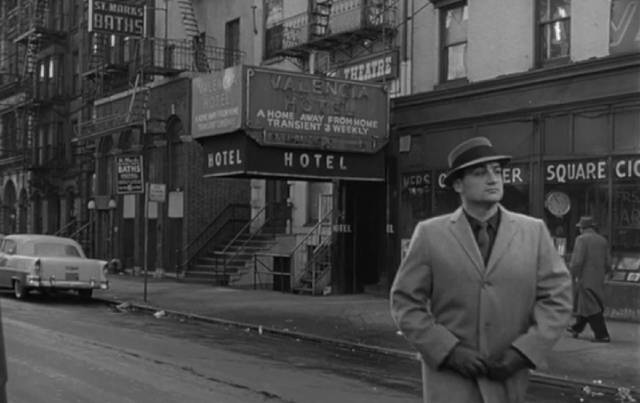
The supplements
The disk includes all the extras from the earlier DVD, the most substantial being the hour-long Requiem for a Killer: The Making of “Blast of Silence”, edited by Robert Fischer in 2006 from material shot by Wilfried Reichart in 1990, supplemented with an interview with Baron conducted by Fischer. As Baron revisits the key locations on which the film was shot, he recounts his experiences putting together the production, his reluctance to play the lead (though he does it well, aided by his resemblance to a young George C. Scott), and his limited knowledge of the business at the time. Two short featurettes provide glimpses of the production (through faded on-set Polaroids, 4:43) and comparisons between the original locations and what they look like now (11:30).
There’s also a trailer (1:44), a reprint of Terence Rafferty’s original booklet essay and Sean Phillips’s four-page graphic-novel adaptation of the film’s opening scenes.
Comments